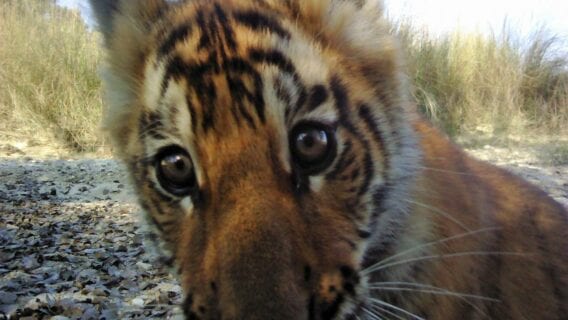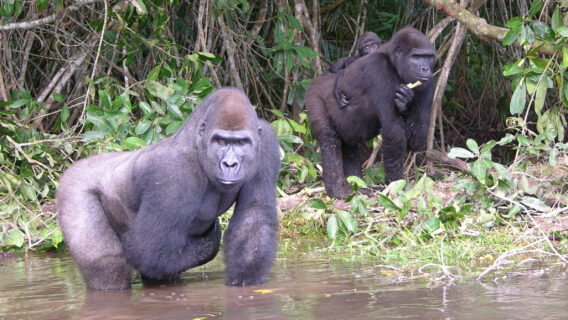Looking Back at 2021: Our Year in Review
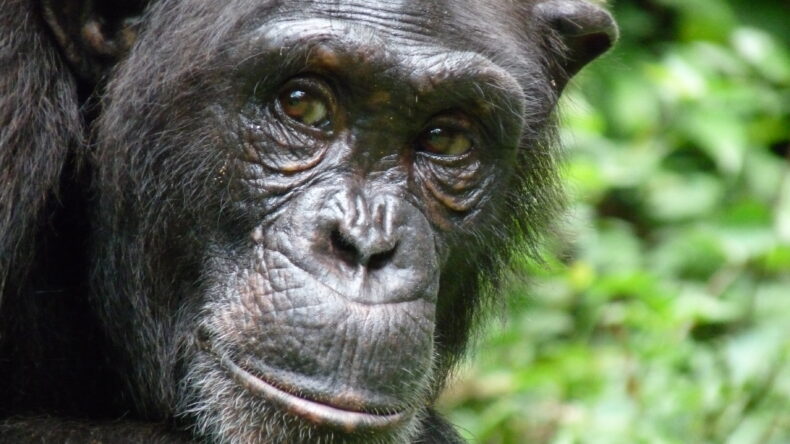
Following the outbreak of the COVID-19 pandemic, the world settled into a new normal and so did we. Many of our projects were impacted by the fallout and had to operate within certain limitations. However, we were still able to deliver great results thanks to the hard work of our grantees. Below are some of our highlights from last year:
Species

One of our projects in Zambia achieved incredible results in trying to protect the wildlife of Luangwa Valley: 48,155 km were covered on foot patrols, 1’307 person-days were spent monitoring carnivore groups, 309 anti-snaring patrols were conducted, 87 illegal firearms were confiscated and 157 suspects were apprehended with an 80% conviction rate

A project monitoring Vulnerable blue swallow populations in South Africa recorded a 38% increase in breeding success rate in the 2020-2021 breeding season compared to the previous one.

The Integrated Tiger Habitat Conservation Programme (ITHCP) reported earlier this year that through their efforts, there has been an average increase of tiger populations within project sites by 40%. The entire portfolio-wide population grew from 770 individuals to 966 between 2015 and 2021.

In Kazakhstan, one of our projects recorded an increased presence of Vulnerable goitered gazelles, with population increasing from 0.24 individuals per 1000 ha in early 2020 to 0.85 individuals per 1000 ha in 2021. This was achieved thanks to a significant reduction of poaching in the area.

One of our projects in Madagascar recorded 46 total births of Vulnerable red brown lemurs and Critically Endangered crowned sifaka and mongoose lemurs. Their habitat is gravely affected by forest loss and degradation, but increased patrolling in the area has allowed population numbers to grow.
Habitat
At one of our project sites in Uganda, 60 community members planted 1’900 organic fruit seedlings and 2’800 organic woodlot trees species in 15 km of degraded chimpanzee corridors. This will not only increase the natural habitat of this Endangered primate, but it will hopefully also act as a barrier to stop chimpanzees from invading community settlements, ultimately reducing human-wildlife conflict in the area.

The ITHCP reported in July that, within 53’917 km² of tiger habitat covered by 12 projects, 6’717 km² have been restored over the course of seven years. 482’000 native trees have been planted during this period as well, efforts which will improve the habitat of the tiger in the long run.

In an effort to save the natural habitat of the Vulnerable African manatee from a fern infestation in Cameroon, 5’000 weevils have been released in Lake Ossa earlier this year. Weevils are insects that feed on this fern, and this project hopes to reduce their coverage on the lake by 20% by 2022.

People

In Madagascar, one of our projects found a great way to both generate revenue for a local community living next to lemur habitats and to protect biodiversity at the same time by employing vulnerable community members. This included the elderly, people with no income or who had lost their jobs. While the initial goal was to provide temporary employment to 300 people, the project ended up employing 2’513 community members.

One of our projects in Kyrgyzstan worked with 18 schools and over 300 children in order to raise awareness on the Vulnerable snow leopard. Due to the ongoing COVID-19 pandemic, it mostly consisted of virtual learning. However, over the summer, 58 students from 15 schools attended eco camps that introduced them to conservation and connected them to nature.

81’778 beneficiaries were impacted by the ITHCP during their seven-year effort, 54% of wich were women. They received alternative resources such as improved cooking stoves, were taught how to increase their capacity to manage existing resources in a sustainable way or simply generated new revenue streams thanks to the help from the programme. 440’000 local community members were also reached by the programme in order to raise awareness on tiger conservation.
Throughout the last twelve months we had great successes but unfortunately we couldn’t include them all here. We would like to thank you for supporting species conservation in 2021. Without you, our donors and our partners, none of these achievements would have been possible.
Have a wonderful New Year!
Sincerely, The IUCN Save Our Species and Integrated Tiger Habitat Conservation Programme teams
Watch the IUCN World Conservation Congress 2021 highlights

Last year’s Congress brought top scientists and academics together with world leaders and decision makers from governments, civil society, indigenous peoples and business. Watch the highlights featuring IUCN Director General Bruno Oberle, French president Emmanuel Macron and Hollywood star Harrison Ford.
Ecosystem stories
In April 2021, IUCN Save Our Species went through its biggest change yet with the launch of a new website. As part of our new visual identity, we developed a series of Ecosystem Stories that detail how biodiversity is connected, what would happen if certain species disappear, and the impact that it would have on humans:
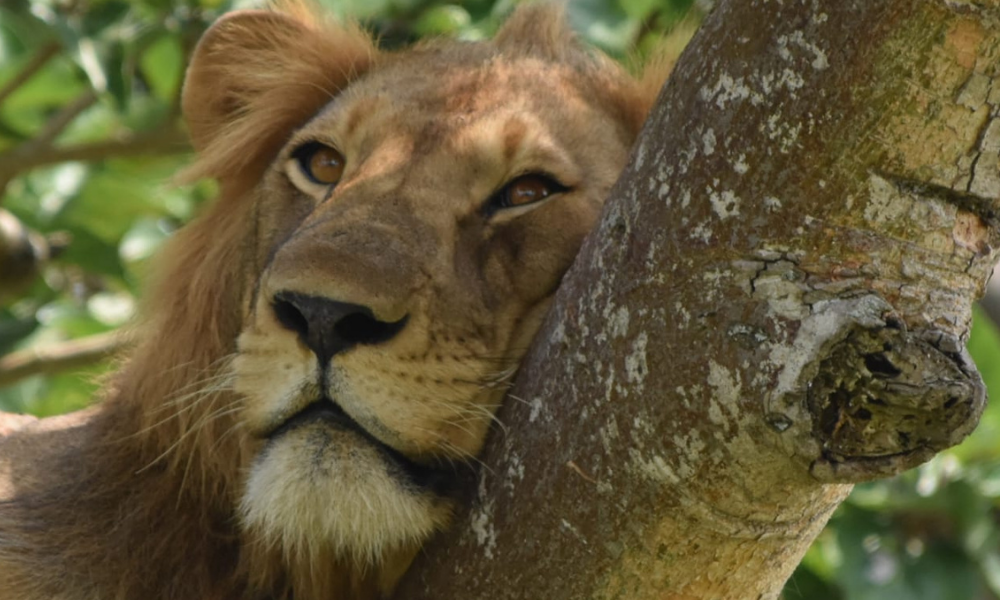


Carnivores
Carnivores are hunters and prevent certain populations from becoming too large.
Latest funding opportunities
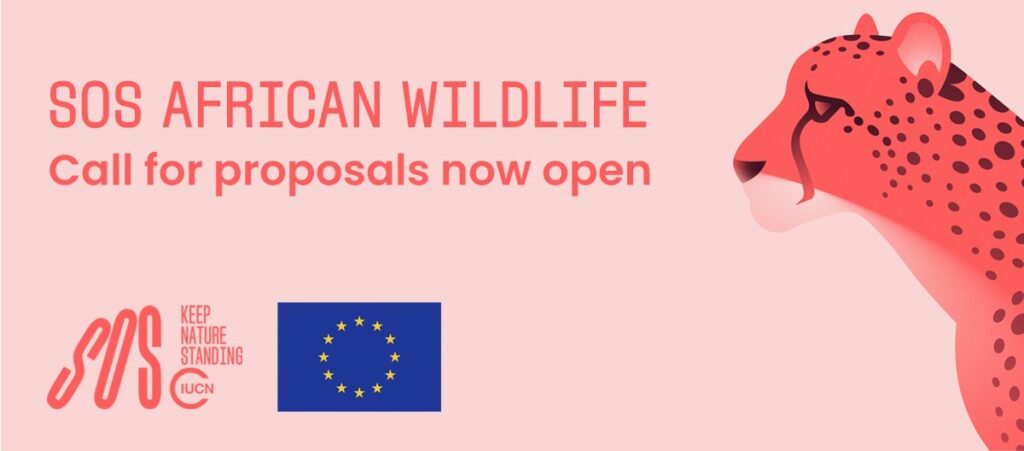
Rapid Action Grants
As a part of our SOS African Wildlife initiative, co-funded by the European Union, Rapid Action Grants are still available for projects implemented in South Africa and responding to threats linked to the COVID-19 crisis.



